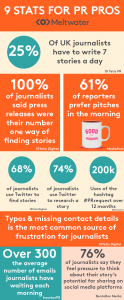— September 26, 2018
User’s interest is dwindling, and with so much competition on every social media platform, it’s unlikely that you’ll keep it for more than ten to fifteen seconds. I’ve been coaching brands and businesses to tighten up their video marketing, keeping clips to a solid fifteen seconds or less, thirty seconds at the absolute tops.
And now IGTV has rolled out, and the game has been changed yet again.
Shorter video content is often best for advertising purposes on most other platforms, but IGTV is a different story for a number of different reasons. In this post, we’re going to look at IGTV for marketers and how to create long-form video content that users actually want to stick around to watch.
What is IGTV?
IGTV stands for “Instagram TV,” and it’s a new app and Instagram feature that recently rolled out. It allows users to upload videos up to one hour long. Compare this to Instagram’s time limit of 60 seconds, and Stories maximum time of fifteen seconds.
Big whoop, right? YouTube is already dominating long-form content, and Facebook’s Watch is also expanding more into the same.
Before you move on, though, there’s something that makes IGTV a big stand out: it’s vertical-only, video, which means that it’s optimized for mobile. This makes the app unique.
Creators can set up channels, which store all of their video content. Users can engage by sending messages or liking the videos as they watch.
IGTV for Marketers: What Does This Mean?
Even though it’s difficult to keep user engagement, there is room for long-form content in video marketing, especially when we’re looking at mobile-first content.
IGTV is really the first platform to truly prioritize mobile viewers with video content. This is wildly notable because more users are shifting to mobile, and we all need to go where our customers are going, too. Users are going to be a lot more likely to tune in for longer video content, after all if 1) they intend to watch it from the beginning by going to the app and 2) they don’t have to hold their phone at an angle to do so.
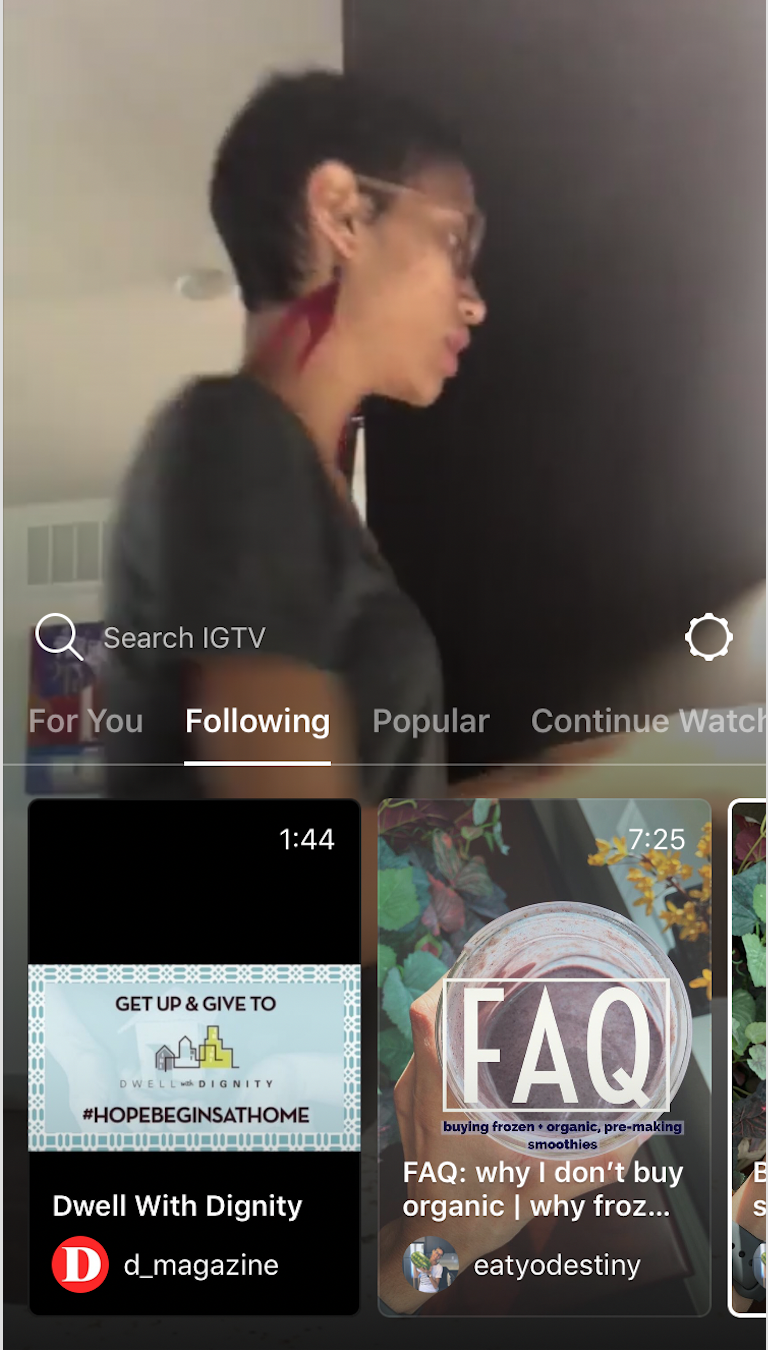
And if you’re worried about building a following on two different apps, you can relax. IGTV is a standalone app, but it’s also directly connected to Instagram. While users can log into the app directly and start viewing videos, they can also get notifications on Instagram that profiles they’re following have added new content on IGTV. This can send users from one app to another, increasing impressions and viewer engagement rates.
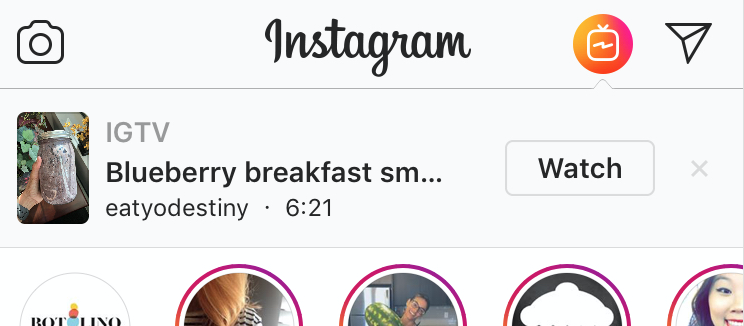
IGTV is also more accessible to other long-form platforms and allows you to utilize the momentum you already have instead of requiring you to start over. All of this is important.
Creating Long-Form, Vertical Video Users Actually Want to Watch
One of the biggest secrets to creating long-form content that users actually want to watch is to create content specifically with them in mind. I know, it shouldn’t be a secret, and maybe it isn’t. But with the way people and marketers act, it might as well be.
This is going to be true for vertical, too. Think about where your audience might be using the app and what they’ll want to see. Williams and Sonoma, for example, has created some video recipes on IGTV. Since I cook with my iPad or my phone propped up and opened to recipes, this is a great use case.

Fast-paced, relevant content is going to do well with mobile users. If you’re creating tutorials, don’t be afraid to use time-lapse editing software or to edit out the downtimes. This will keep users engaged, so keeping things moving quickly is essential to keeping long-form viewers sticking around.
Still not sure where to start? Take a look at the “popular” tab on IGTV and see what audiences are currently interested in. Are there a lot of tutorials? Interviews with influencers? Live videos or event broadcasts? Try to adapt this for yourself.
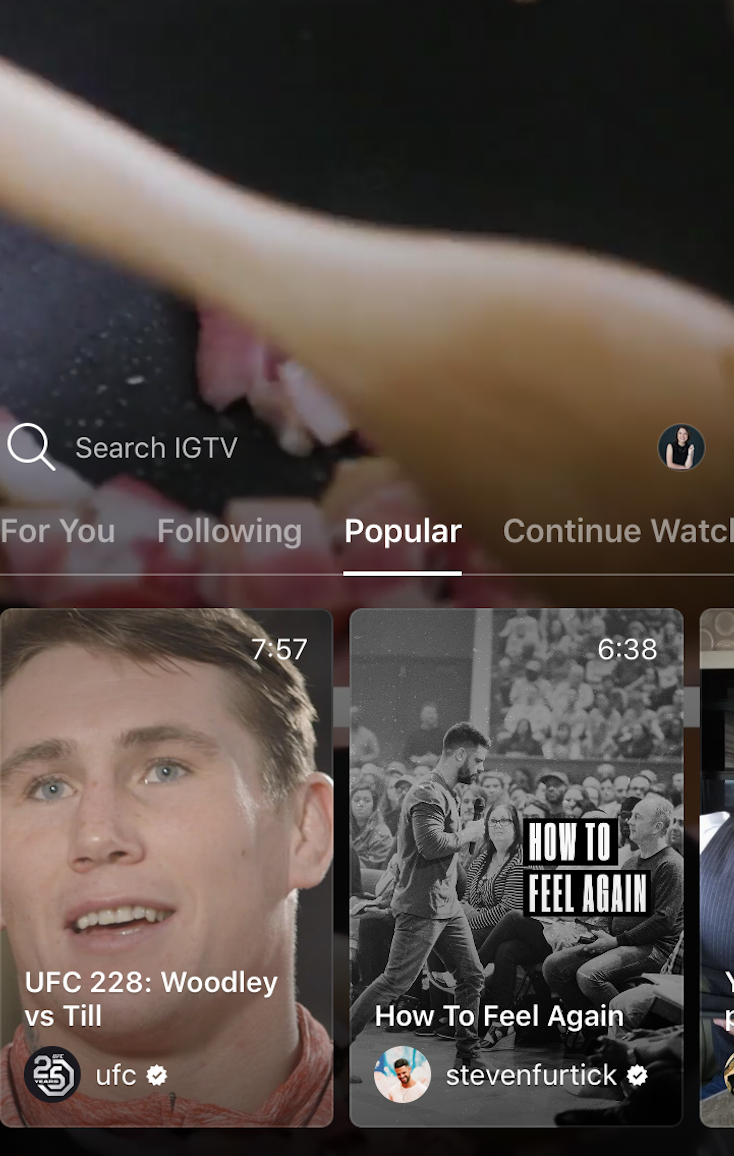
Other IGTV Best Practices to Keep in Mind
When it comes to long-form video content for IGTV, we’re all still learning about best practices. The app did just roll out within the past few months, after all. That being said, there are a few things that we know for sure, so keep these tips in mind when you’re getting started.
- Overall brevity is still a positive. Just because you can create videos up to an hour long doesn’t mean that you necessarily should. Keep your videos as concise as possible. If there’s a lot of fluff or downtime, you’re guaranteed to lose viewer interest. Focus on quality instead of time, and use only the amount of time needed to create the content you want.
- Don’t forget the keywords. There is still a search function that people can use to find content they want, so don’t forget that this can be a great way to connect with new users. Think about what content users might be searching for, and the specific phrases they might be using. Include them in your video titles and descriptions.
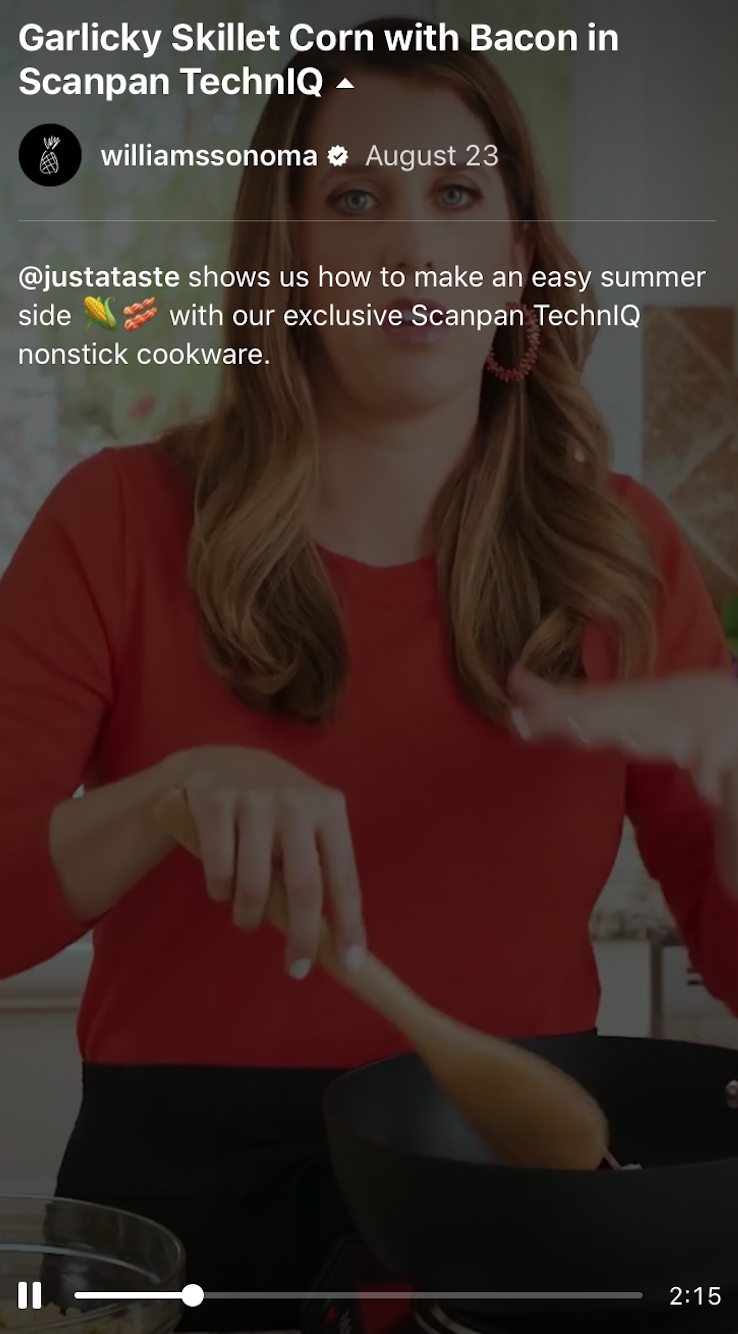
- Timely content may gain priority, but evergreen can yield long-term results. We’re definitely living in a very right-now world, where we all want to know the biggest things happening and what’s about to happen next. This content can help you get a boost in popularity, which could give you a a reach boost, too. That being said, evergreen content is what people will be more likely to view when they view your channel several months later, so a balance of both can work well.
Conclusion
Consumer behavior has changed drastically as social media develops, and we’ve seen several features (like live video) that have been big game changers. IGTV’s emergence proves that there is room for long-form content in the marketing world, but only if it’s done well.
What do you think? Have you started using IGTV for your business yet? Which best practices have you found to be most effective? Drop your thoughts in the comments section below!
Digital & Social Articles on Business 2 Community
(96)
Report Post




